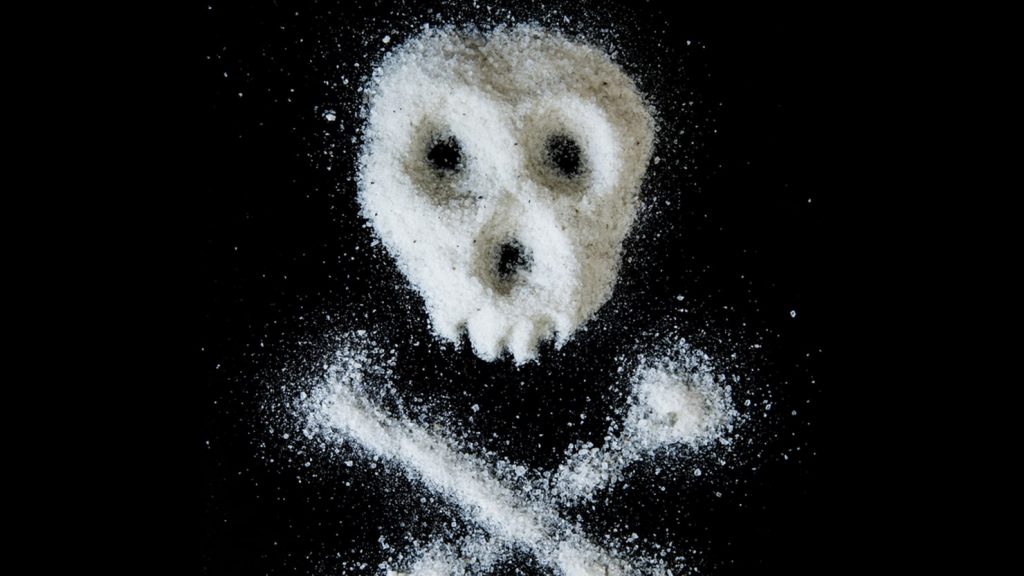We’re surrounded by products that contain chemicals that can kill us if we’re not careful, and items that pose a risk are required to have information on bottles or containers about what to do following unintentional exposure. However, very few people actually read them, and this can have tragic consequences. Let’s look at a few reasons why it’s so important to know what to do if you or someone you know is exposed to dangerous products.
Poison Control Centers
Poison control centers play a vital role in helping distraught people determine how to deal with accidental exposure to chemicals. However, finding the number, making the call, describing the problem and getting advice takes time, and time may not be on your side. There are also times when these services become overwhelmed, and this can delay getting advice as well. Finally, during a crisis or SHTF situation, these services may not be available at all. Consequently, they provide a good service, but they shouldn’t be relied upon. Reading labels can guide you step by step as to what to do, and all of that information can be put into practice in seconds, without delay.
Vomiting or Not
Labels on some products tell us to induce vomiting following ingestion whereas others do not. This is because some chemicals can destroy the upper digestive tracts if they are regurgitated, and it’s safer to keep them in the stomach until they can either be digested or pumped out. On the other hand, some chemicals need to be removed from the body before the enter the lower digestive tract, and bloodstream, and vomiting is the best way to accomplish this. We need to know the difference, because making the wrong choice can aggravate the situation to the point where the consequences can become life-threatening.
Drinking or Not
Different chemicals react to water in different ways. There are times when it’s best to drink a lot of water to dilute the concentration, and effects of chemicals in the body. On the other hand, there are times when water can start chemical reactions that may end up killing us. It’s vitally-important to know the difference. Labels provide this information.
Charcoal and Milk
For generations, conventional, grandmotherly wisdom has centered on drinking milk, taking charcoal tablets or eating bread in order to absorb toxins and allow them to pass through our digestive systems. While there are situations when these remedies are very appropriate, they don’t necessarily neutralize or isolate many of the chemicals that are found in common household products. Consequently, we can end up either doing more harm than good, and we may also be using remedies that don’t work at all. This can not only delay the implementation of effective responses, but doing so can also cause further damage along the way.
These are just a couple of examples that illustrate how guessing and hoping for the best is not the best way to approach an accidental poisoning situation. Reading labels is a very simple thing to do, and it only takes a couple of seconds to learn how to respond appropriately. Read labels before using products, consider making up a reference sheet that includes products that you use on a regular basis, and keep empty containers nearby until you’re done using the product so you can reference it if something goes wrong.
